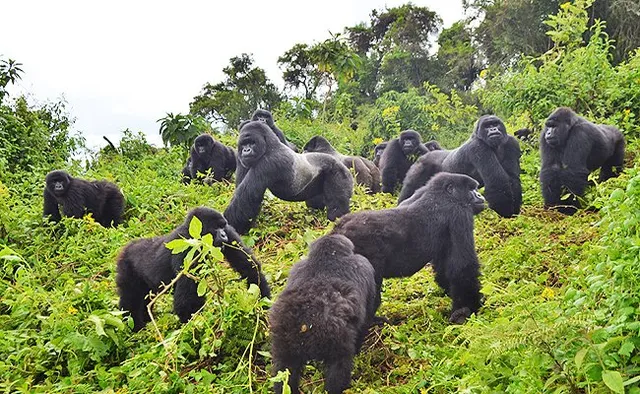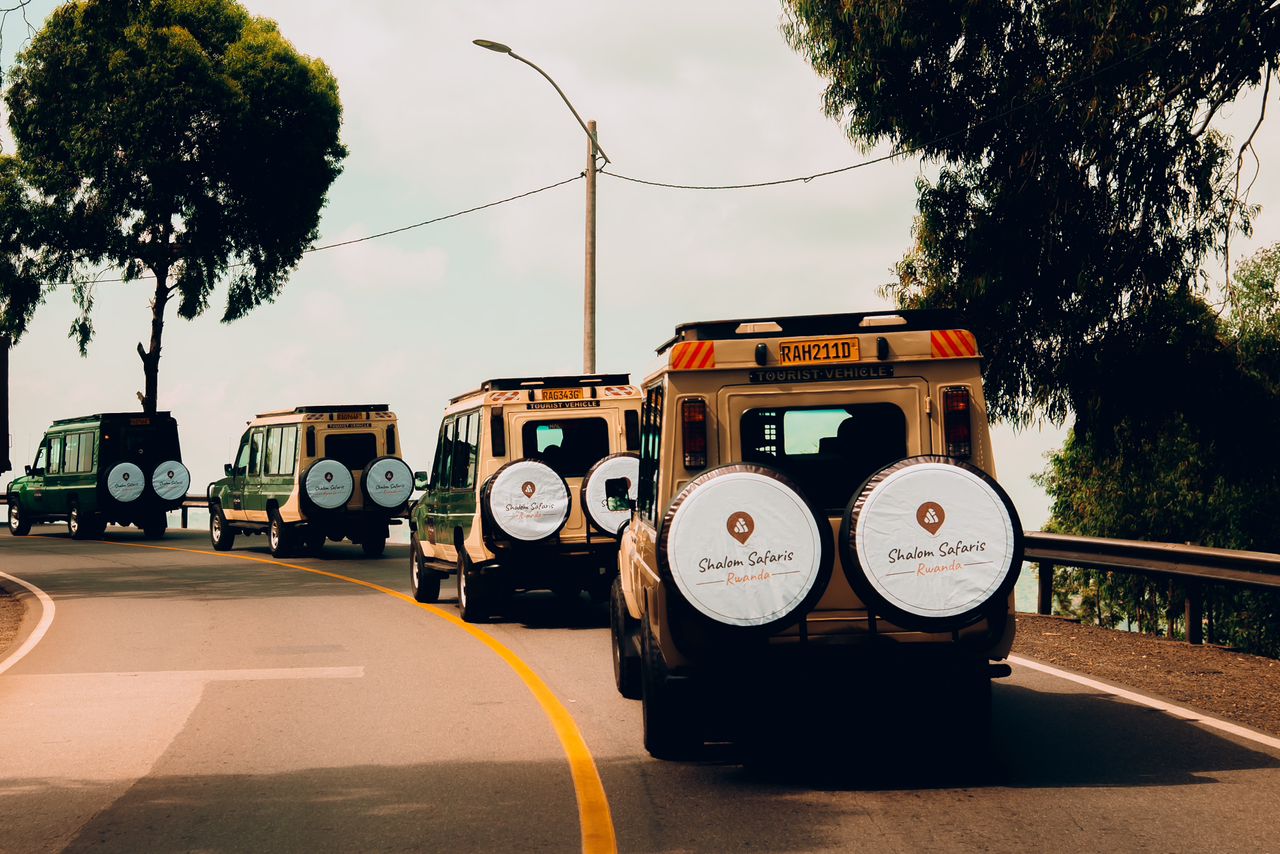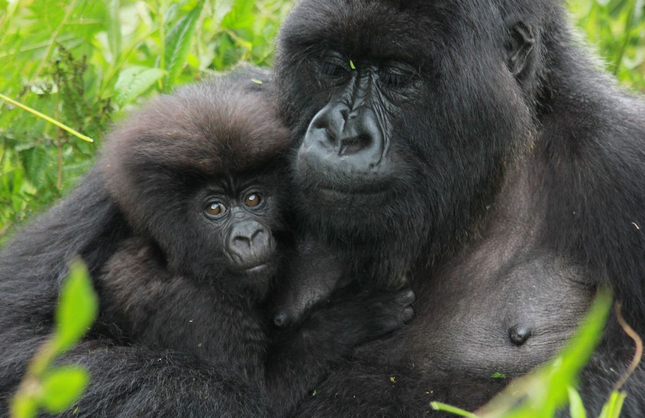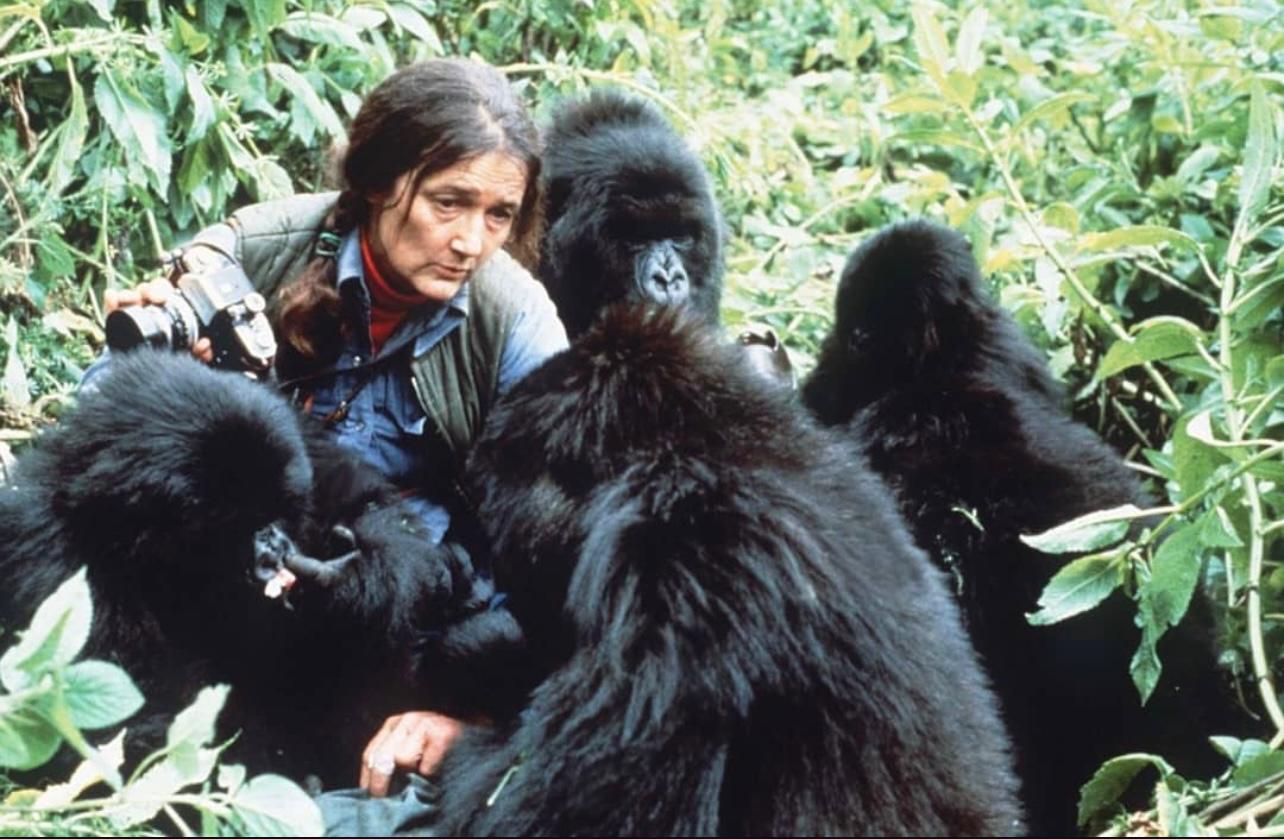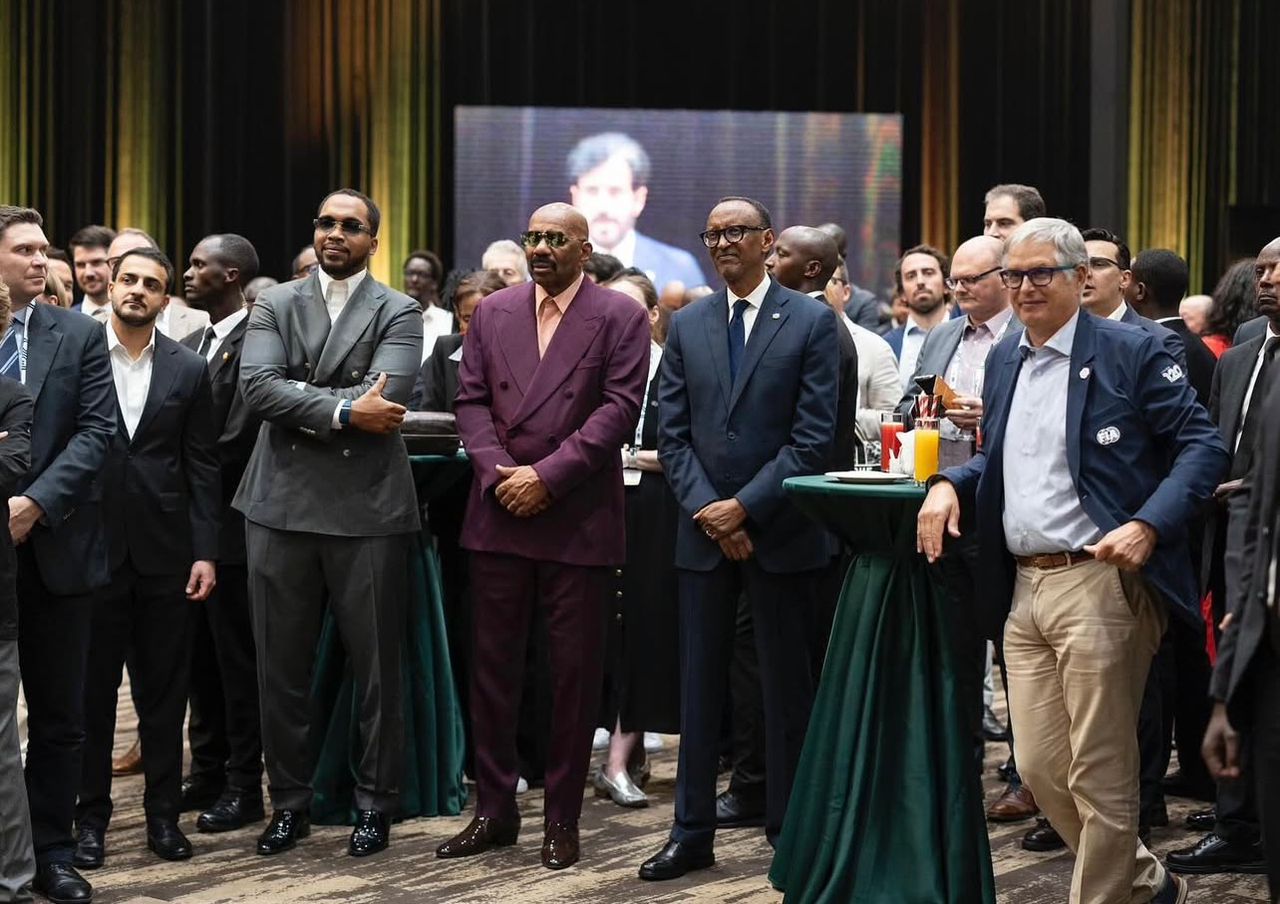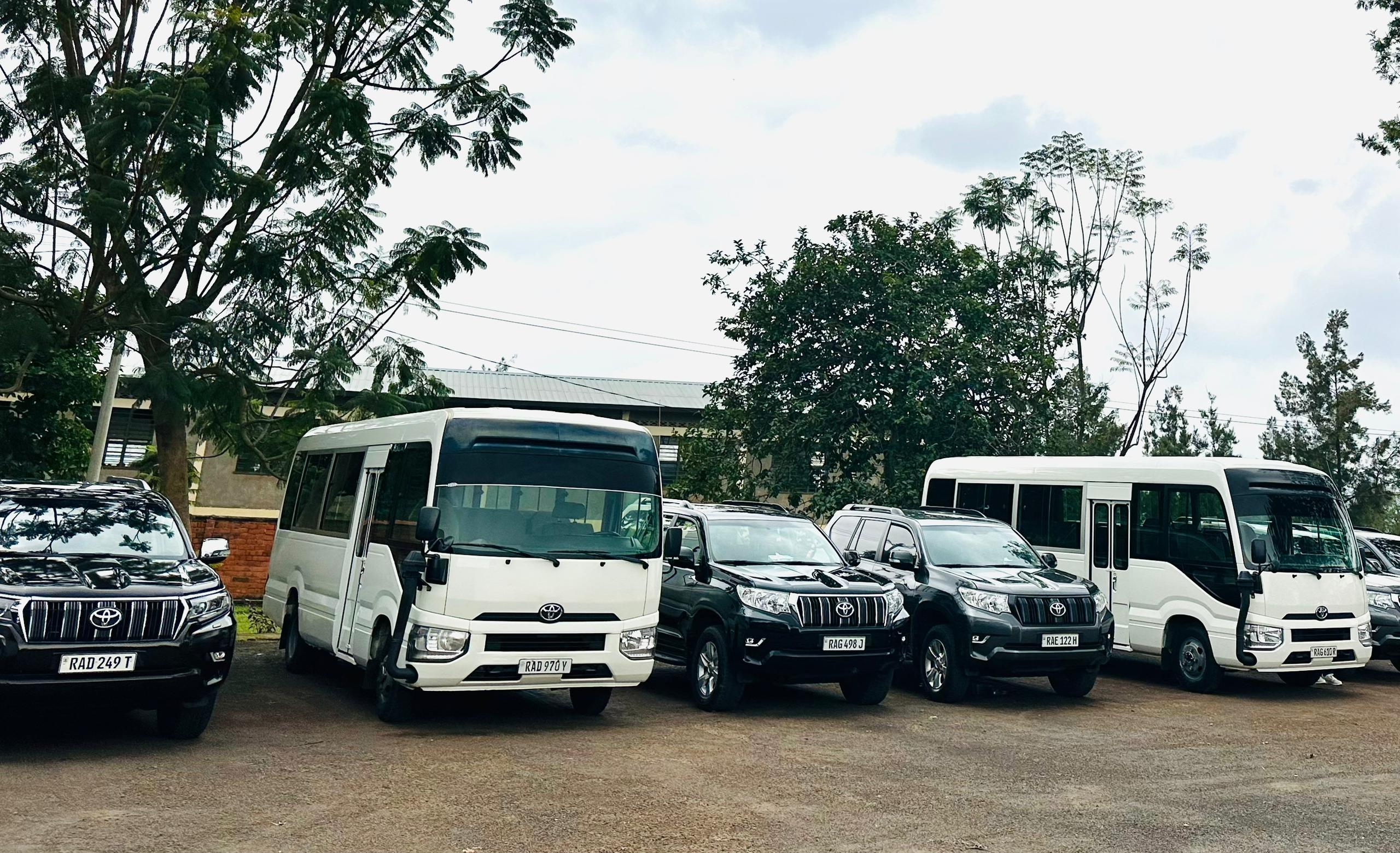Welcome to Bwindi Impenetrable National Park
Bwindi Impenetrable National Park lies in the south western part of Uganda along the border with DR Congo next to the great Virunga National Park. Covering an area of 128 square miles, Bwindi is covered by thick lowland and montane forests. Bwindi was declared a UNESCO world heritage site in 1994 because of its remarkable biodiversity. Talking about biodiversity, Bwindi has over 345 species of birds, 221 of butterflies and 120 of mammals. Among the mammal species include red-tailed monkeys, Vervet monkeys, L’Hoest’s monkeys, Jackals, Golden cats, Giant forest pigs, forest elephants, Colobus Monkeys, Chimpanzees, Bushbucks, Blue monkeys, Baboons, African civet, Buffaloes, Duikers, Clawless otter, Bats, De Brazza monkeys, Potto, Spectacled and Demidoff’s Galagos.
The main threats to the park come from the extreme poverty faced by the communities living nearby like the Batwa and the Bakiga. These tribes rely on subsistence agriculture but remain poor because of the high population density. When Bwindi was reclassified from a forest reserve into a national park in 1991, the change had serious implications for the local tribes living within and outside the forest. The Batwa who had lived in the forest for over 5,000 years were the most affected. They had relied on the forest for almost everything and spent their time hunting, gathering fruits and harvesting bees. The Batwa were not properly compensated and had to adapt to a completely new and unknown world leaving them in abject poverty. The forest evictions and lack of compensation led to grudges and tension between the communities outside the forest and the park Authorities (Uganda Wildlife Authority).
In order to reduce this tension, control poaching and encroachment on other park resources, the Uganda Wildlife Authority decided to promote tourism. Through tourism, the local tribes get employed and benefit directly from other tourism related projects. This has greatly changed the attitude of the communities towards the forest and the national park. Local people are now partners with the park in controlling wild forest fires and are less like to resort to poaching or cutting down trees. Several international and local organizations also work with communities around the park to sensitize them about the importance of the forest to the entire Eco-system while also initiating projects that teach tribes like the Batwa how to thrive in alternative activities away from the forest resources.
MAIN ACTIVITIES AND ATTRACTIONS IN BWINDI IMPENETRABLE FOREST
Gorilla tracking – This is by far the most popular activity though it doesn’t have to be so considering how diverse the forest is. Bwindi is the best park to track mountain gorillas in East and Central Africa. About half of the remaining population of mountain gorillas is found in Bwindi Impenetrable forest. Bwindi also has the highest number of habituated gorilla families – 14 in total. It is only in Bwindi that tourists can go for the gorilla habituation experience.
Gorilla Habituation Experience: The gorilla habituation experience was introduced in Bwindi more recently. This experience is currently only possible in Bwindi forest – not in Rwanda and not in Congo. This activity allows primate lovers more time (four hours) observing the primates instead of the standard gorilla trekking (four hours).
Tourists taking part in the 3 Days gorilla habituation experience get a chance to move with experienced trackers and some of the best primate researchers. The scientists share information about the gorilla habituation process and current issues related to gorilla conservation. This experience costs more than the standard one hour gorilla watching – at $1500. Only four people can take part in the gorilla habituation experience.
Hiking and Nature Walks: Bwindi is a park with great biodiversity and the park authorities have ensured that visitors also experience the other good things that the park has to offer. To that end, several trails have been established to allow visitors marvel at the forest, its creatures like birds, butterflies and primates. One such trail starts from Buhoma to Nkoringo, from Nkoringo to Lake Mutanda and them from Nkoringo to Kisoro. These trails go through amazing scenery and provide opportunities to mingle with the locals.
Mountain Biking/Cycling: For those who feel that cycling is more enjoyable then the nature walks, they can arrange to hire a mountain bike through their lodge and go explore the surrounding areas. The “for a woman” project hires mountain bikes to tourist in the Buhoma sector at a cost with the proceeds used to improve the lives of the local women in the area. The project also provides guides escort bikers through the local villages and in the forest where they can sight some of the forest creatures and waterfalls. Biking is not very prominent in Bwinidi as a whole except for places like Buhoma but lodges in other sectors are picking up and organizing the activity for clients on a small scale.
Birding: Bwindi is one of the best birding destinations in Uganda and Africa for that matter. 90% of the species in the park are endemic to the Albertine rift. Seasoned birders can expect to see at least one hundred species in a day. The best way to spot the birds is to follow the River Ivi trail, Munyaga River trail, Ruhija’s bamboo trail and the Mubwindi Swamp trail.
Visiting the Batwa People: The Batwa pygmies are believed to be the oldest indigenous tribe in Uganda. Whereas most of the other tribes in Uganda migrated from various parts of Africa to their current locations, the Batwa had lived in Bwindi forest for over 5,000 years.
Cultural and Village Walks: Apart from the Batwa, other tribes like the Bakiga live on the edges of the forest. Tourists can visit one of these tribes and learn about their culture and economic activities. The Bakiga also have their own unique cultural dances and ways of doing things. They can take you to see their traditional doctors and blacksmiths or teach you how to weave, make local beer and cook local dishes. You will definitely have opportunities to purchase beautiful local art pieces. There are opportunities to give back to the community. You could visit one of the local schools or community hospitals and make a cash donation or arrange to donate items like sewing machines, water tanks and other essentials. It is important to hire a guide who is knowledgeable about the area, local people and customs. Always consult with the park office, your lodge or tour company before making any donations to ensure it reaches the right people
Canoeing: Canoeing is perfect in Lake Mutanda. The Lake sits in an area with remarkable beauty and great views of the Virunga ranges of mountains. Moreover, forest birds love visiting and nesting in the papyrus swamps and beautiful lake islands making them excellent for bird watching. While on the dug-out canoe, expect to encounter several local fishermen and villagers washing and collecting water by the Lakeside.
Visiting Bwindi Community Hospital: This hospital is found in the Buhoma sector of Bwindi Impenetrable National Park. The hospital is of good quality by local standards and this is partly because it receives generous donations from tourists and other visitors to the park. The hospital has a special section for children, provides eye and dental care beside the other common clinical services. Bwindi Community Hospital has helped reduce the mortality rate among the local communities and helped take services closer to people in need. Tourists are allowed access to most parts of the hospital to learn something about the healthcare system in a developing country.
Visiting the Bwindi Bar and Restaurant: For those who love food and drinks, this is a must go to place while at the Buhoma sector of Bwindi. The facility trains young underprivileged people on the essentials of hospitality management including preparing some of the tastiest local and international dishes around. This is the place to go if you want to try out local food like Uganda’s famous Rolex, cassava chips, Bwindi Salsa, Matooke and groundnut sauce. You can also order for American coffee and brownies among other internationally known meals.
THE BEST TIME TO VISIT BWINDI IMPENETRABLE NATIONAL PARK
Bwindi impenetrable National Park is open throughout the year including on public holidays. However, the best time to visit the gorillas in Bwindi is during the months between June – August and December to February. These are the dry seasons in Uganda and the rains are not so intense in the rain forest. Gorilla trekking, nature walks and hiking tours are excellent during these periods because the forest trails are less slippery (no mud). During the dry season, there is a lot of activity in the park with more tourists. It is a chance to meet and mingle with people from all over the world.
The months between March – April and September – November is the rainy season in Uganda. Not the best time for hiking, forest walks or gorilla trekking but perfect for bird watching because it is the breeding season. Ensure that you travel with warm clothing and footwear to deal with the mud. Unfortunately the forest gets wet and misty with prolonged drizzles that can get annoying when out tracking the gorillas.
In case one is planning to visit the park during the peak/dry season, we highly recommend that they book gorilla permits in advance just to be sure. To have the best experience in Uganda you should check out this 6 Days tour in Bwindi, Kibale and Murchison Falls.

